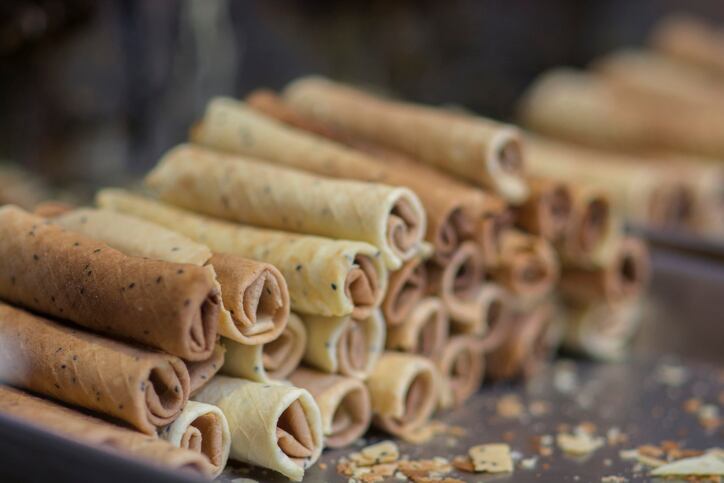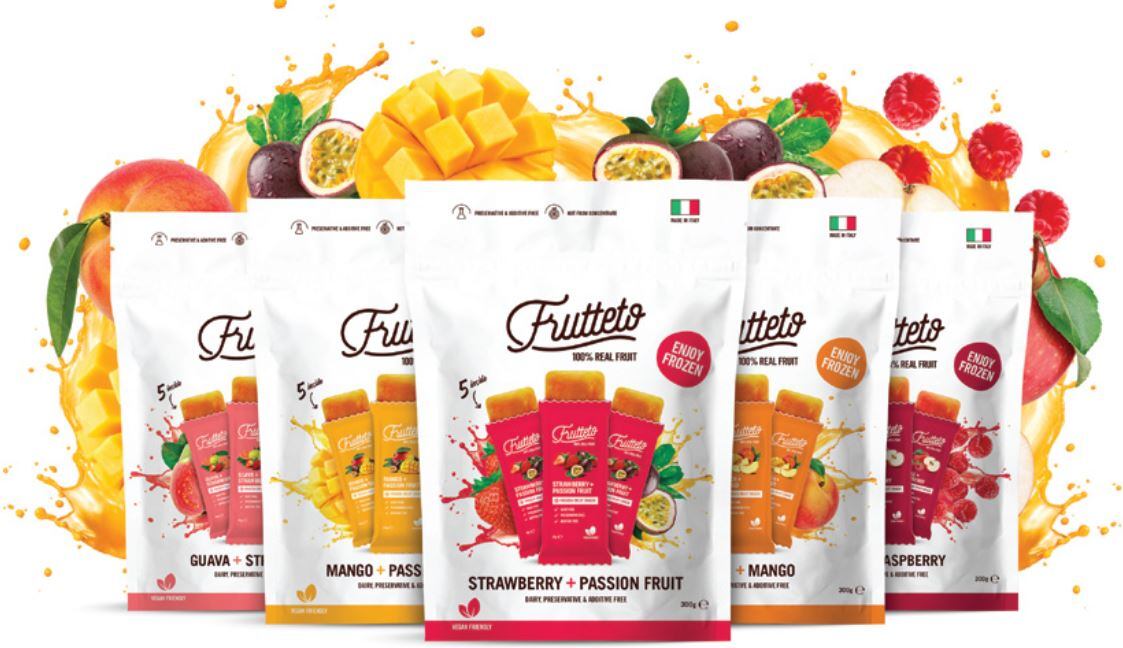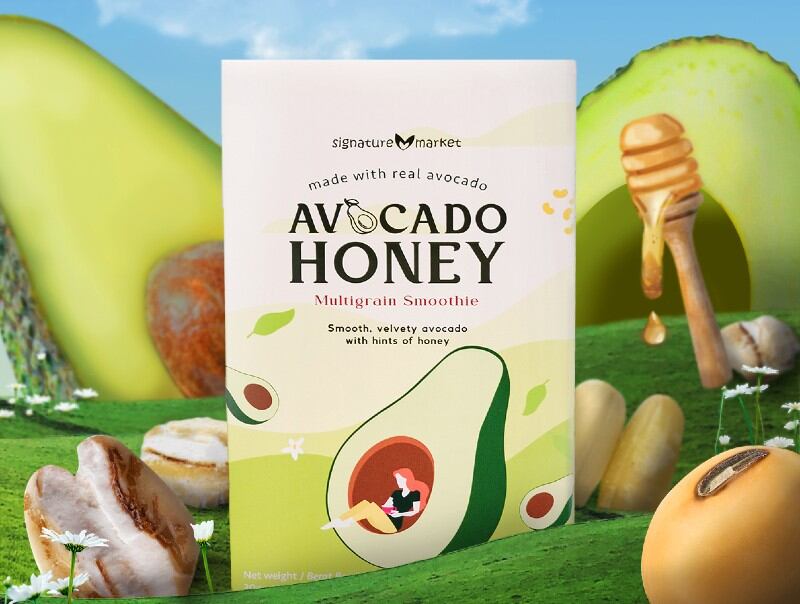Sensory scientists and product developers purchased snacks from South Korea and Japan to analyse current texture trends and identify white spaces - the potential unmet consumer needs that can be filled by developing new products.
Researchers said theis information can be used by snack manufacturers to have an overview of the snack markets, identify the major flavours, textures, and possible trends, learn about a competitor’s product positioning, enhance their product snack portfolio and develop new concepts.
“This study demonstrates how the global marketplace can be used for generating new texture concepts for snack foods,” they wrote in the journal Foods.
Date collection
A total 123 packaged snacks from South Korea, and 95 packaged snacks from Japan were purchases and shipped to the Center for Sensory Analysis and Consumer Behaviour, Kansas State University, US for analysis.
Projective mapping (PM) is a sensory tool used to sort the snacks on a 2-dimensional map (texture and flavour).
Trained sensory scientists then evaluated the snacks. After PM, the samples were also analysed using descriptive sensory profiling and profiled for flavour, amplitude, appearance, and texture attributes.
Texture attributes in snacks included initial crispiness, crunchiness, sustained crispiness, sustained crunchiness, hardness, surface roughness, puffiness, porous and others.
Texture
The results from PM showed that 65% of snacks in Japan had hard texture (ranging from extremely hard to moderately hard), while in South Korea, 75% of snacks were hard textured, varying from slightly hard to moderately hard.
The texture dimensions of the South Korean snacks market were similar to the Japan snacks market but with slightly less hard textures.
Most of these hard snacks were crackers, wafers, puffs, and rolls.
Researchers said understanding the texture dimensions of snacks could be a potential framework or area of interest to explore either as copycat products (harder textures) or to create new textures at the softer texture end of the spectrum.
Descriptive profiling of texture attributes found a scarcity of snacks that were fibrous, cohesive, mealy, moist, and having waxy mouthfeel.
“Similarly, a large white space can be seen around descriptors such as firmness, chew count, gritty, etc. The developer can utilise descriptive data to incubate new texture profiles to fulfill empty texture spaces by introducing new prototypes,” researchers wrote.
Flavour
Besides texture, another component assessed using PM was flavour, where 65% of Japanese snacks were found to be savoury.
Compared to Japanese snacks, South Korean snacks were sweeter (59%).
“In Japan, for a product developer, a savoury flavor could be an easy carry-over from one snack type to another, but also positions the product against a larger competitive set,” researchers said.
They added the methodology produced in this study can be used by food product developers to explore new opportunities in the global marketplace.
Source: Foods
https://doi.org/10.3390/foods10020474
“Generating New Snack Food Texture Ideas Using Sensory and Consumer Research Tools: A Case Study of the Japanese and South Korean Snack Food Markets”
Authors: Rajesh Kumar, et al.




